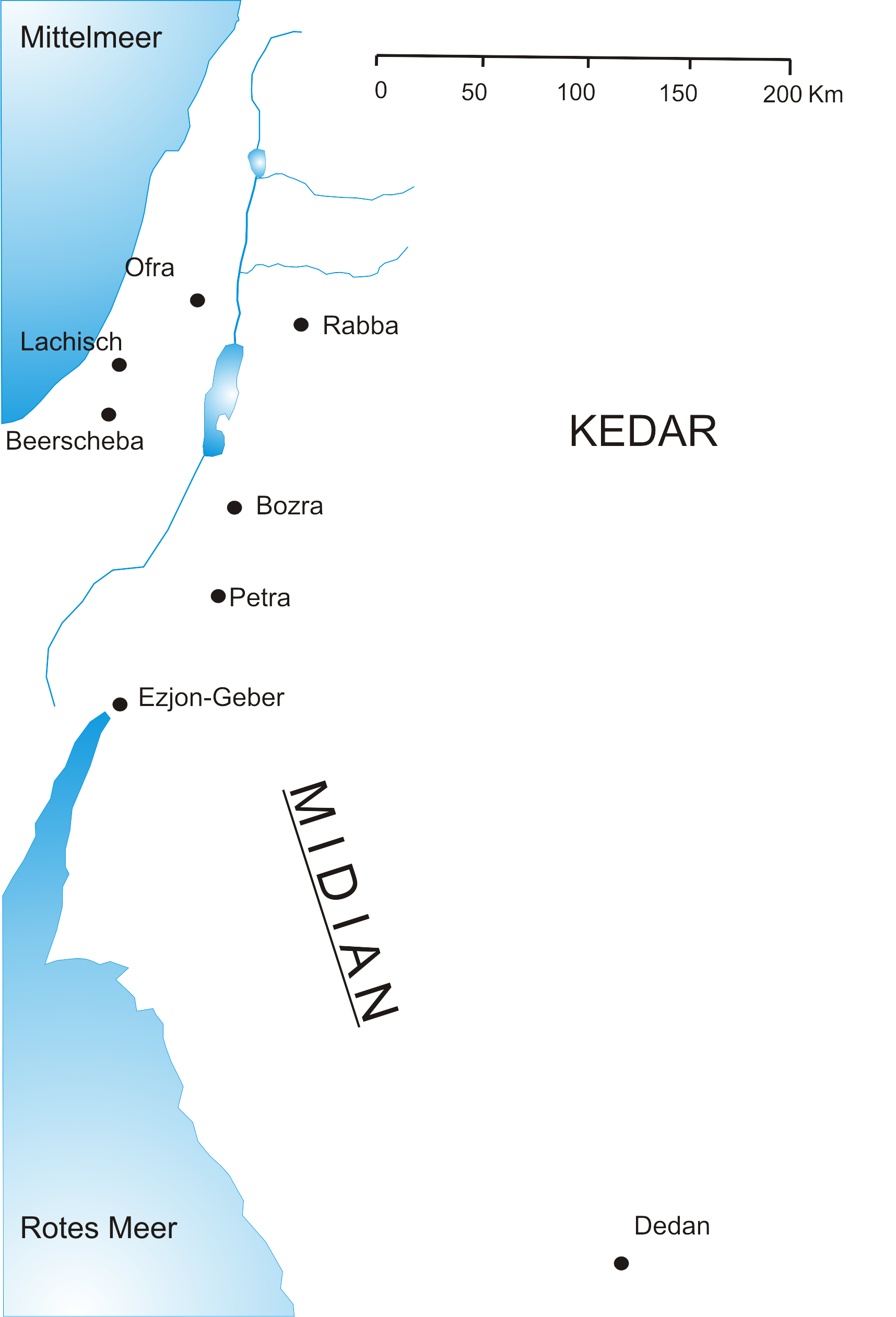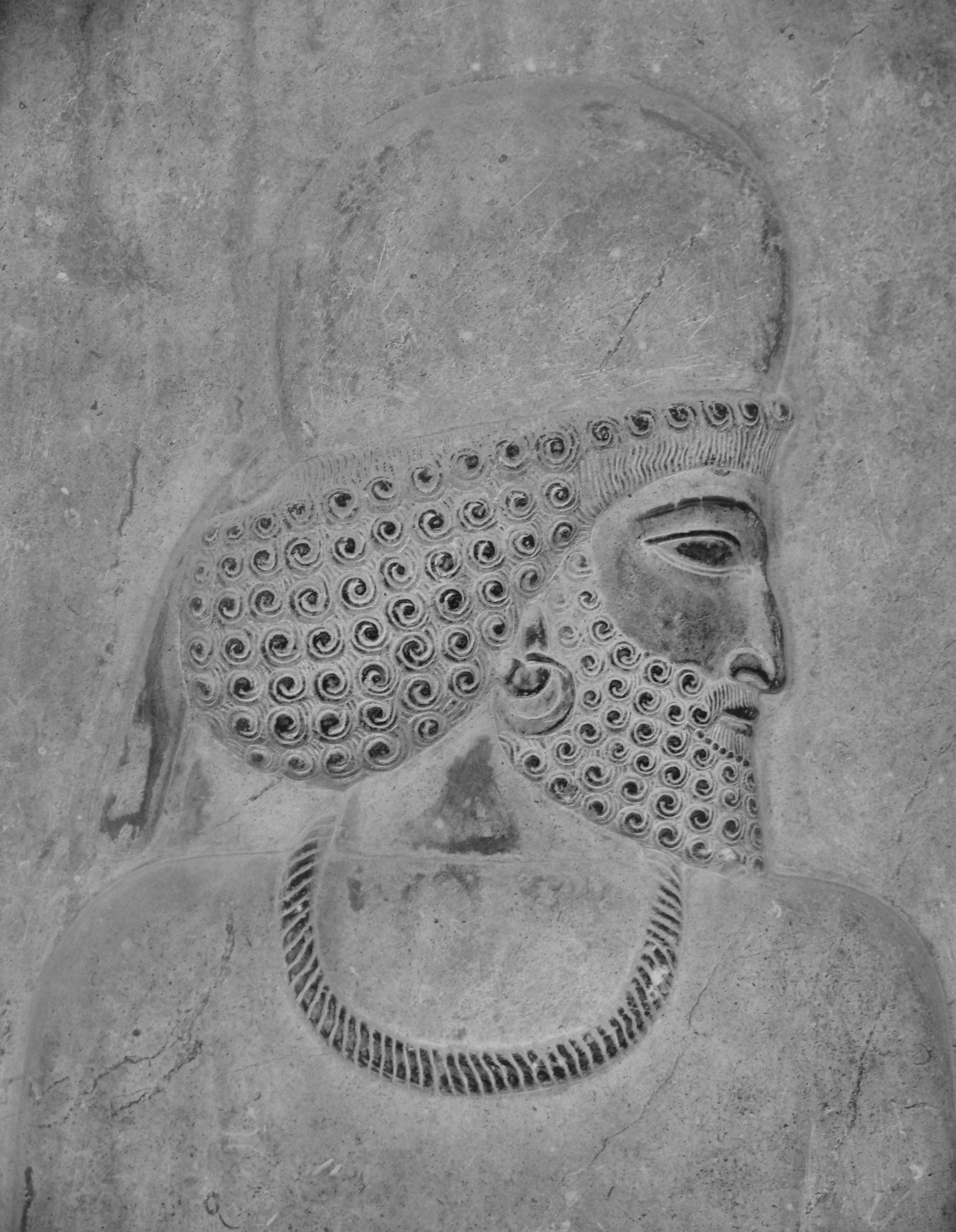|
Arak, Iran
Arak (; ) is a city in the Central District of Arak County, Markazi province, Iran, serving as capital of the province, the county, and the district. The city is nicknamed the "Industrial Capital of Iran". As a major industrial city, Arak hosts several industrial factories inside and within a few kilometers outside the city, including the factory of Machine Sazi Arak and the Iranian Aluminium Company. These factories produce nearly half of the needs of the country in the steel, petrochemical, and locomotive industries. Etymology Arâk The term ''Arâk'' remains from a name given to the region since the medieval period. It derives from Arabic '' al-ʿIrāq'', meaning "root", itself derived possibly from Akkadian ''Uruk'' (, ''Erech''). According to Ali Nourai, the word Arak has the same roots with the words Iran and Arran, and the name Iraq is an Arabicized Persian word. During the Seljuk era, a region comprising the whole territory of Media (northwestern Iran) and ... [...More Info...] [...Related Items...] OR: [Wikipedia] [Google] [Baidu] |
Senjan
Senjan () is a neighborhood in the city of Arak in the Central District of Arak County, Markazi province, Iran Iran, officially the Islamic Republic of Iran (IRI) and also known as Persia, is a country in West Asia. It borders Iraq to the west, Turkey, Azerbaijan, and Armenia to the northwest, the Caspian Sea to the north, Turkmenistan to the nort .... As a city, it served as the administrative center for Sedeh Rural District until its capital was transferred to the village of Zamen Jan. Demographics Population At the time of the 2006 National Census, Senjan's population was 10,592 in 2,897 households, when it was a city in the Central District. The following census in 2011 counted 12,249 people in 3,730 households. In 2013, Senjan and the city of Karahrud were merged with the city of Arak. See also Notes References Populated places in Arak County Neighborhoods of Markazi province {{Arak-geo-stub ... [...More Info...] [...Related Items...] OR: [Wikipedia] [Google] [Baidu] |
Arabic
Arabic (, , or , ) is a Central Semitic languages, Central Semitic language of the Afroasiatic languages, Afroasiatic language family spoken primarily in the Arab world. The International Organization for Standardization (ISO) assigns language codes to 32 varieties of Arabic, including its standard form of Literary Arabic, known as Modern Standard Arabic, which is derived from Classical Arabic. This distinction exists primarily among Western linguists; Arabic speakers themselves generally do not distinguish between Modern Standard Arabic and Classical Arabic, but rather refer to both as ( "the eloquent Arabic") or simply ' (). Arabic is the List of languages by the number of countries in which they are recognized as an official language, third most widespread official language after English and French, one of six official languages of the United Nations, and the Sacred language, liturgical language of Islam. Arabic is widely taught in schools and universities around the wo ... [...More Info...] [...Related Items...] OR: [Wikipedia] [Google] [Baidu] |
Sultan
Sultan (; ', ) is a position with several historical meanings. Originally, it was an Arabic abstract noun meaning "strength", "authority", "rulership", derived from the verbal noun ', meaning "authority" or "power". Later, it came to be used as the title of certain rulers who claimed almost full sovereignty (i.e., not having dependence on any higher ruler) without claiming the overall caliphate, or to refer to a powerful governor of a province within the caliphate. The adjectival form of the word is "sultanic", and the state and territories ruled by a sultan, as well as his office, are referred to as a sultanate ( '. The term is distinct from king ( '), though both refer to a sovereign ruler. The use of "sultan" is restricted to Muslim countries, where the title carries religious significance, contrasting the more secular ''king'', which is used in both Muslim and non-Muslim countries. Brunei, Malaysia and Oman are the only sovereign states which retain the title "sultan" ... [...More Info...] [...Related Items...] OR: [Wikipedia] [Google] [Baidu] |
Arab
Arabs (, , ; , , ) are an ethnic group mainly inhabiting the Arab world in West Asia and North Africa. A significant Arab diaspora is present in various parts of the world. Arabs have been in the Fertile Crescent for thousands of years. In the 9th century BCE, the Assyrians made written references to Arabs as inhabitants of the Levant, Mesopotamia, and Arabia. Throughout the Ancient Near East, Arabs established influential civilizations starting from 3000 BCE onwards, such as Dilmun, Gerrha, and Magan (civilization), Magan, playing a vital role in trade between Mesopotamia, and the History of the Mediterranean region, Mediterranean. Other prominent tribes include Midian, ʿĀd, and Thamud mentioned in the Hebrew Bible, Bible and Quran. Later, in 900 BCE, the Qedarites enjoyed close relations with the nearby Canaan#Canaanites, Canaanite and Aramaeans, Aramaean states, and their territory extended from Lower Egypt to the Southern Levant. From 1200 BCE to 110 BCE, powerful ... [...More Info...] [...Related Items...] OR: [Wikipedia] [Google] [Baidu] |
Ajam
(, ) is an Arabic word for a non-Arab, especially a Persian. It was historically used as a pejorative—figuratively ascribing muteness to those whose native language is not Arabic—during and after the Muslim conquest of Iran. Since the early Muslim conquests, it has been adopted in various non-Arabic languages, such as Turkish, Azerbaijani, Chechen, Kurdish, Malay, Sindhi, Urdu, Bengali, Punjabi, Kashmiri, and Swahili. Today, the terms and continue to be used to refer to anyone or anything Iranian, particularly in the Arab countries of the Persian Gulf. Communities speaking the Persian language in the Arab world exist among the Iraqis, the Kuwaitis, and the Bahrainis, in addition to others. A number of Arabs with Iranian heritage may have the surname (), which has the same meaning as the original word. Etymology According to traditional etymology, the word ''Ajam'' comes from the Semitic root ''ʿ-j-m''. Related forms of the same root include, but are not l ... [...More Info...] [...Related Items...] OR: [Wikipedia] [Google] [Baidu] |
Mesopotamia
Mesopotamia is a historical region of West Asia situated within the Tigris–Euphrates river system, in the northern part of the Fertile Crescent. Today, Mesopotamia is known as present-day Iraq and forms the eastern geographic boundary of the modern Middle East. Just beyond it lies southwestern Iran, where the region transitions into the Iranian plateau, Persian plateau, marking the shift from the Arab world to Iran. In the broader sense, the historical region of Mesopotamia also includes parts of present-day Iran (southwest), Turkey (southeast), Syria (northeast), and Kuwait. Mesopotamia is the site of the earliest developments of the Neolithic Revolution from around 10,000 BC. It has been identified as having "inspired some of the most important developments in human history, including the invention of the wheel, the planting of the first cereal crops, the development of cursive script, mathematics, astronomy, and agriculture". It is recognised as the cradle of some of t ... [...More Info...] [...Related Items...] OR: [Wikipedia] [Google] [Baidu] |
Media (region)
Media (, Middle Persian: ''Mād'') is an Iron Age region of north-western Iran, best known for having been the political and cultural base of the Medes. During the Achaemenid period, it comprised present-day Iranian Azerbaijan, Iranian Kurdistan and western Tabaristan. As a satrapy under Achaemenid rule, it would eventually encompass a wider region, stretching to southern Dagestan in the north. However, after the wars of Alexander the Great, the northern parts were separated due to the Partition of Babylon and became known as ''Atropatene'', while the remaining region became known as ''Lesser Media''. History Under the Medes In 678 BC, Deioces united the Medes, Median tribes of Media and made the first Iran, Iranian Empire. His grandson Cyaxares managed to unite all Iranian peoples, Iranian tribes of History of Iran, Ancient Iran and made his empire a major power. When Cyaxares died he was succeeded by his son, Astyages, who was the last king of the Median Empire. Under the Ac ... [...More Info...] [...Related Items...] OR: [Wikipedia] [Google] [Baidu] |
Seljuk Empire
The Seljuk Empire, or the Great Seljuk Empire, was a High Middle Ages, high medieval, culturally Turco-Persian tradition, Turco-Persian, Sunni Islam, Sunni Muslim empire, established and ruled by the Qiniq (tribe), Qïnïq branch of Oghuz Turks. The empire spanned a total area of from Anatolia and the Levant in the west to the Hindu Kush in the east, and from Central Asia in the north to the Persian Gulf in the south, and it spanned the time period 1037–1308, though Seljuk rule beyond the Anatolian peninsula ended in 1194. The Seljuk Empire was founded in 1037 by Tughril (990–1063) and his brother Chaghri Beg, Chaghri (989–1060), both of whom co-ruled over its territories; there are indications that the Seljuk leadership otherwise functioned as a triumvirate and thus included Seljuk dynasty, Musa Yabghu, the uncle of the aforementioned two. During the formative phase of the empire, the Seljuks first advanced from their original homelands near the Aral Sea into Greater Kho ... [...More Info...] [...Related Items...] OR: [Wikipedia] [Google] [Baidu] |
Persian Language
Persian ( ), also known by its endonym and exonym, endonym Farsi (, Fārsī ), is a Western Iranian languages, Western Iranian language belonging to the Iranian languages, Iranian branch of the Indo-Iranian languages, Indo-Iranian subdivision of the Indo-European languages. Persian is a pluricentric language predominantly spoken and used officially within Iran, Afghanistan, and Tajikistan in three mutual intelligibility, mutually intelligible standard language, standard varieties, respectively Iranian Persian (officially known as ''Persian''), Dari, Dari Persian (officially known as ''Dari'' since 1964), and Tajik language, Tajiki Persian (officially known as ''Tajik'' since 1999).Siddikzoda, S. "Tajik Language: Farsi or not Farsi?" in ''Media Insight Central Asia #27'', August 2002. It is also spoken natively in the Tajik variety by a significant population within Uzbekistan, as well as within other regions with a Persianate society, Persianate history in the cultural sphere o ... [...More Info...] [...Related Items...] OR: [Wikipedia] [Google] [Baidu] |
Arran (Caucasus)
Arran (Middle Persian form; Persian: اران or اردهان), also known as Aran or Ardhan, was a geographical name used in ancient and medieval times to signify a historically-Iranian region which lay within the triangle of land, lowland in the east and mountainous in the west, formed by the junction of the Kura and Aras rivers, including the highland and lowland Karabakh, Mil plain and parts of the Mughan plain. In pre-Islamic times, it corresponded roughly to the territory of the modern-day Republic of Azerbaijan. The term is the Middle Persian''Journal of the Royal Asiatic Society of Great Britain and Ireland''. The Society, published 1902, page 64. Text states: ''"In Mustawfi's lists, however, the Arabic article has everywhere disappeared and we have Ray, Mawsil, etc.; while names such as Ar-Ran and Ar-Ras (spelt Al-Ran, Al-Ras in the Arabic writing), which in the older geographers had thus the false appearance of Arab names, in the pages of Mustawfi appear in plai ... [...More Info...] [...Related Items...] OR: [Wikipedia] [Google] [Baidu] |
Iran (word)
In Modern Persian, the word () derives immediately from 3rd-century Middle Persian (), initially meaning "of the Aryans" before acquiring a geographical connotation as a reference to the lands inhabited by the Aryans. In both the geographic and demonymic senses, ' is distinguished from the antonymic , literally meaning "non-Iran" (i.e., non-Aryan)... In the geographic sense, ' was also distinguished from ', which was the preferred endonym of the Sasanian Empire, notwithstanding the fact that it included lands that were not primarily inhabited by the various Iranic peoples. The term ''Iranian'' appears in ancient texts with diverse variations. This includes ''Arioi'' (Herodotus), '' Arianē'' (Eratosthenes apud Strabo), ''áreion'' ( Eudemus of Rhodes apud Damascius), ''Arianoi'' (Diodorus Siculus) in Greek and ''Ari'' in Armenian; those, in turn, come from the Iranian forms: ''ariya'' in Old Persian, ''airya'' in Avestan, ''ariao'' in Bactrian, ''ary'' in Parthian and '' ... [...More Info...] [...Related Items...] OR: [Wikipedia] [Google] [Baidu] |









